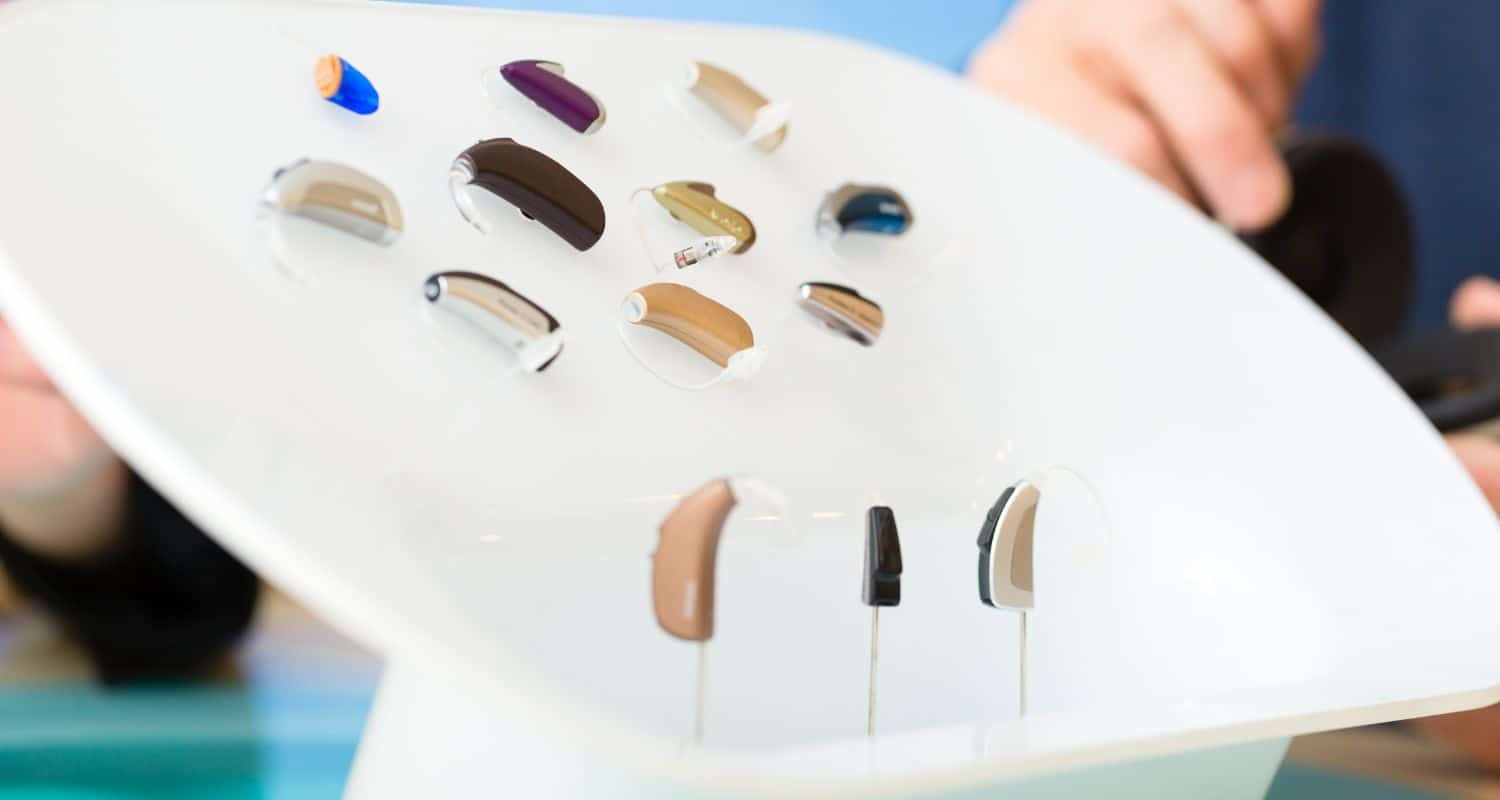Things to Consider when Selecting Hearing Aids
So you’ve decided to get a set of hearing aids—good for you! Hearing aids are the best thing we can do for ourselves when hearing loss becomes an issue. They help us to be more engaged in all the important moments in our lives, and prevent a host of negative outcomes associated with untreated hearing loss. Congratulations on the beginning of your journey to better hearing!
The more prepared you can be for your meeting with your audiologist, the more likely you’ll be to have a good experience with the new hearing aids you end up with. Let’s take a look at some of the things you can do to ensure that your new hearing aids will be the best fit for you.
Know Your Priorities
The hearing aid market is full of quality options for all kinds of hearing needs and lifestyles. The hearing aids you ultimately choose should be the ones that are most likely to integrate easily into your routines. Your audiologist will help guide you toward the options that will be best for you, but they’ll need to know as much about you as possible in order to help you make the best decision.
Your audiologist will ask about your lifestyle, and the times when your hearing poses the biggest challenges. Spend some time thinking about these things before your appointment. When do you notice your hearing loss most? At what points in your day does hearing loss cause the most trouble for you? What are some activities you would do—or take up again—if you could hear better?
Choose a Good Hearing Care Provider in Your Area
Your appointment with your audiologist should be the start of a relationship, not simply a transaction. Hearing aids need periodic adjustment and maintenance, and having a good provider will ensure that you get the care you need for your hearing aids to do their best for you. During the first weeks of wear, it is common to require adjustments to your fitment in order to hear comfortably. Make sure you choose a provider that will be there for you throughout your journey!
Audiologists are doctors who specialize in hearing anomalies and hearing instruments. They provide the most comprehensive hearing care, and may make referrals to other medical specialists if they spot something that needs attention.
Bring a Buddy
Enlist your spouse, a friend, or a family member to accompany you to your audiologist’s appointment. There will be a lot of information to take in, as well as to give out, and having another person there will help you to remember more.
Request a Demonstration
After your hearing test, your audiologist can fit a disposable plug onto a BTE (behind-the-ear) or RIC (receiver-in-canal) hearing aid and allow you to test the sound for yourself. You may wish to try a few models to see which sounds best to you. By starting with a hearing aid that you know you prefer sonically, you’ll be more likely to have a successful experience wearing them regularly.
Consider Add-Ons in Advance
Directional microphones, telecoils, and TV adapters are some of the more popular add-ons with a set of hearing aids. Before your appointment, it may be useful to determine which add-ons you think will be important for you. Some people benefit greatly from multiple add-ons, while others don’t really need them. Remember, you can always get them later if you’re not sure which ones may be right for you at the start of wearing your hearing aids.
Consider Rechargeability
Rechargeable hearing aids have become incredibly popular in recent years. Lithium-ion rechargeable batteries are typically an option with BTE and RIC hearing aids, providing a full day’s use before needing a charge. Disposable zinc-air batteries last longer (up to 20 days), but when they’re done they must be recycled and replaced.
This is one of the major decisions to make up front, as you can’t change the battery style of your hearing aids after purchasing them. Most ITE (in-the-ear) and smaller hearing aids require the use of disposable batteries, but rechargeables are typically the best option for most people wearing BTE and RIC hearing aids.
If you or a loved one is ready to get a set of hearing aids, make an appointment for a hearing test today and take charge of your hearing health! Contact American Hearing + Audiology for an appointment at one of our top-rated hearing centers.






